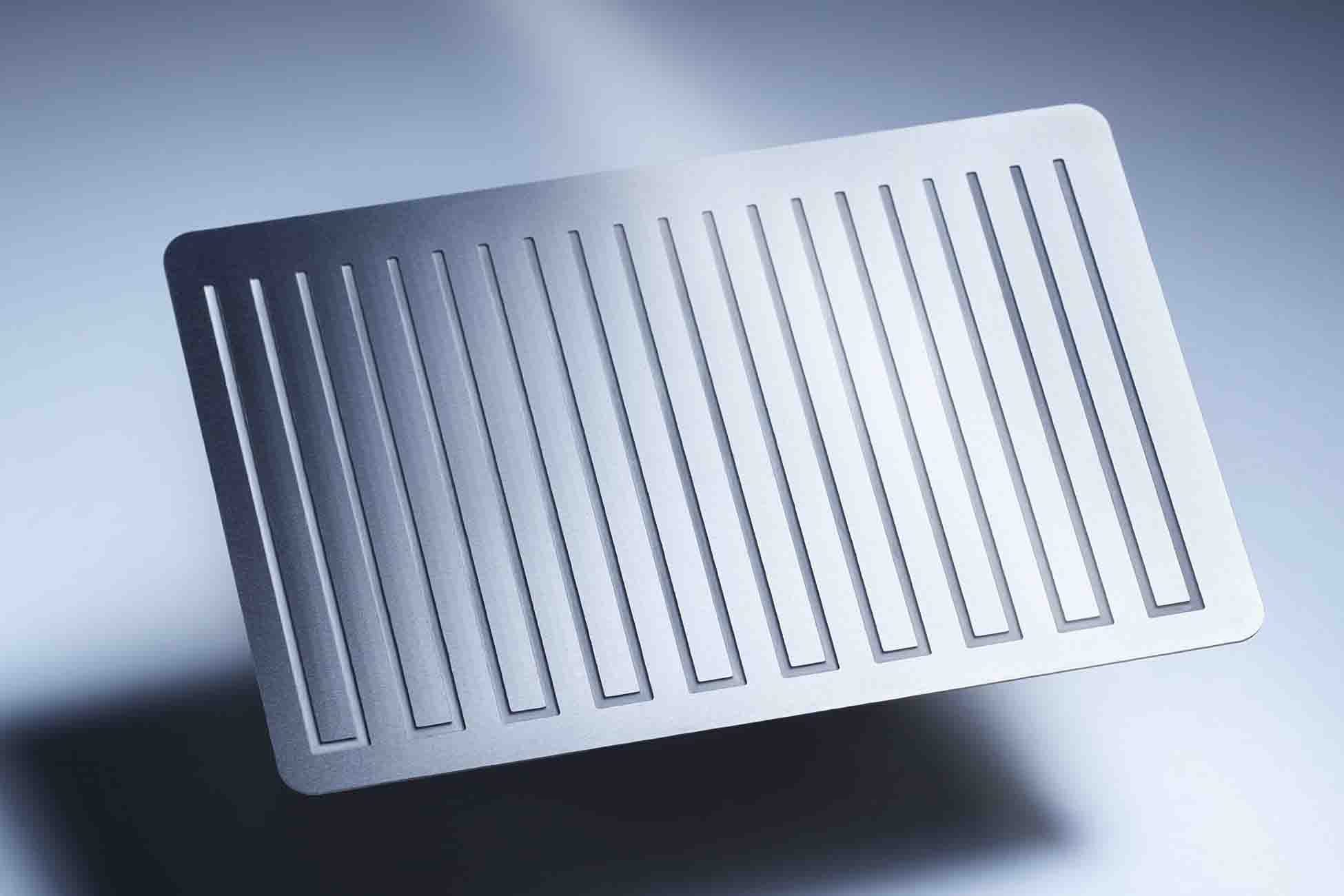
Photo-chemical etching (PCE) is proving itself to be the most efficient and cost effective manufacturing technology available for the manufacture of plate heat exchangers. One key area in which plates are used is in fuel cell applications made from stainless steels, aluminium, nickel, titanium, copper, and a range of exotic alloys. It is found that metallic plates in fuel cells offer numerous advantages over other materials. They are at one and the same time extremely robust, provide excellent conductivity for better cooling.
PCE provides an attractive alternative to stamping and machining in plate applications as the process is characterised by retention of material properties, burr free and stress free parts with clean profiles, and no heat-affected zones. In addition, the fluid etching media creates optimal structures for fluid cooling media used in the plates. These structures do not have corners and edges that can be susceptible to corrosion.
Often both sides of plate heat exchangers contain extremely complex features which are sometimes beyond the ability of stamping and machining, but are easily achieved using PCE. PCE is also able to produce features on both sides of the plate simultaneously saving significant amounts of cost, and the process can be applied to a range of different metals including stainless steel, Inconel 617, aluminium, and titanium.
Another factor to consider in process selection is the thickness of the material to be worked. Traditional processes tend to struggle when applied to the working of thin metals; stamping and punching being inappropriate in many instances, and laser and water cutting causing disproportionate and unacceptable degrees of heat distortion and material shredding respectively.
While PCE can be used on a variety of metal thicknesses, one key attribute is that it can work on thinner metal sheets like those used in plate heat exchangers without compromising flatness, which is vital for component integrity. Applied to thin sheets, PCE produces shorter stacks, and there is no directional surface finish within the channels. The plates can be profiled and channels generated at the same time. Keep in mind that stamping actually compresses the metal to produce channels, while PCE removes the exact amount of material required to produce the channels.
The PCE process ensures reproducible tolerances on all critical plate dimensions, including gas track depth and manifold geometry, and has the ability to manufacture parts to stringent pressure-drop specifications.